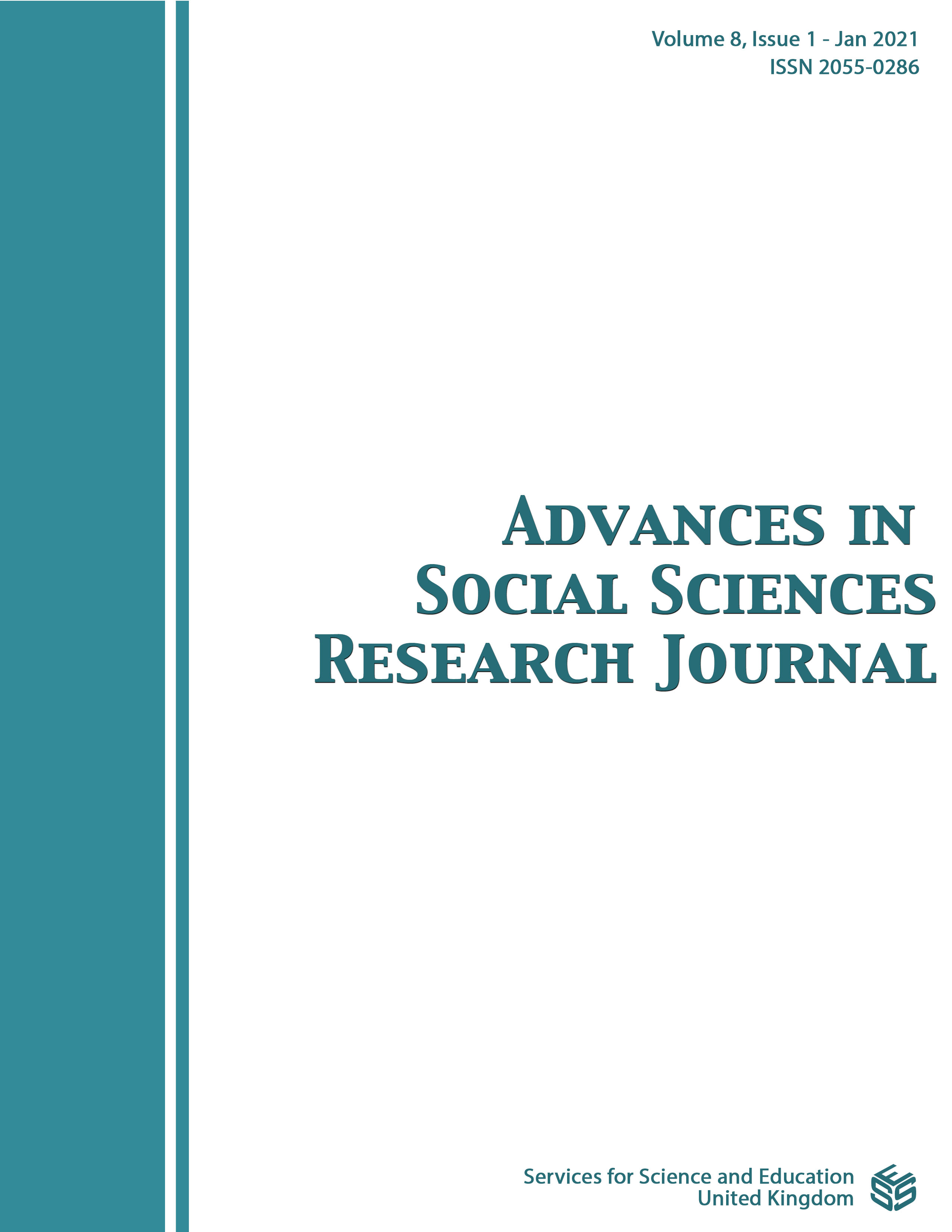AN INSTRUMENT FOR ASSESSING THE PERFORMANCE OF UNIVERSITY RESEARCH WITH A GESI-PERSPECTIVE
DOI:
https://doi.org/10.14738/assrj.81.9658Keywords:
gender equality, social inclusion; assessment instrument; research productAbstract
GESI (Gender Equality and Social Inclusion) is one of the important issues of the world’s concern. For instance, based on UN data, it is estimated that 70% of women are the poorest group in the world. In addition, family head women (the backbone of the family), poor women, the elderly people, people with disabilities, children, minority groups, indigenous peoples, laborers, domestic servants, disaster victims, and other marginalized groups in the frontier, outermost, and isolated regions are still excluded from many university research programs in Indonesia. Therefore, universities need to be encouraged to focus their research activities on GESI. This research was aimed at developing an outcome-based instrument for assessing the performance of university research with a GESI perspective. To achieve this objective, the research method used was instrument development, including three stages, namely preliminary stage (theoretical review), product development stage (theoretical test), and product implementation stage (instrument test). Expert judgment (Borg & Gall, 2003) was employed for the content validity test and Principal Component Analysis (Rigner, 2008) was adopted for the data analysis. The outcome of the research was an Outcome-based Instrument for Assessing the Performance of University Research with a GESI perspective. The result of the research has an implication for the need to improve the quality of research focusing on GESI for lecturers.
Downloads
Published
How to Cite
Issue
Section
License
Authors wishing to include figures, tables, or text passages that have already been published elsewhere are required to obtain permission from the copyright owner(s) for both the print and online format and to include evidence that such permission has been granted when submitting their papers. Any material received without such evidence will be assumed to originate from the authors.






